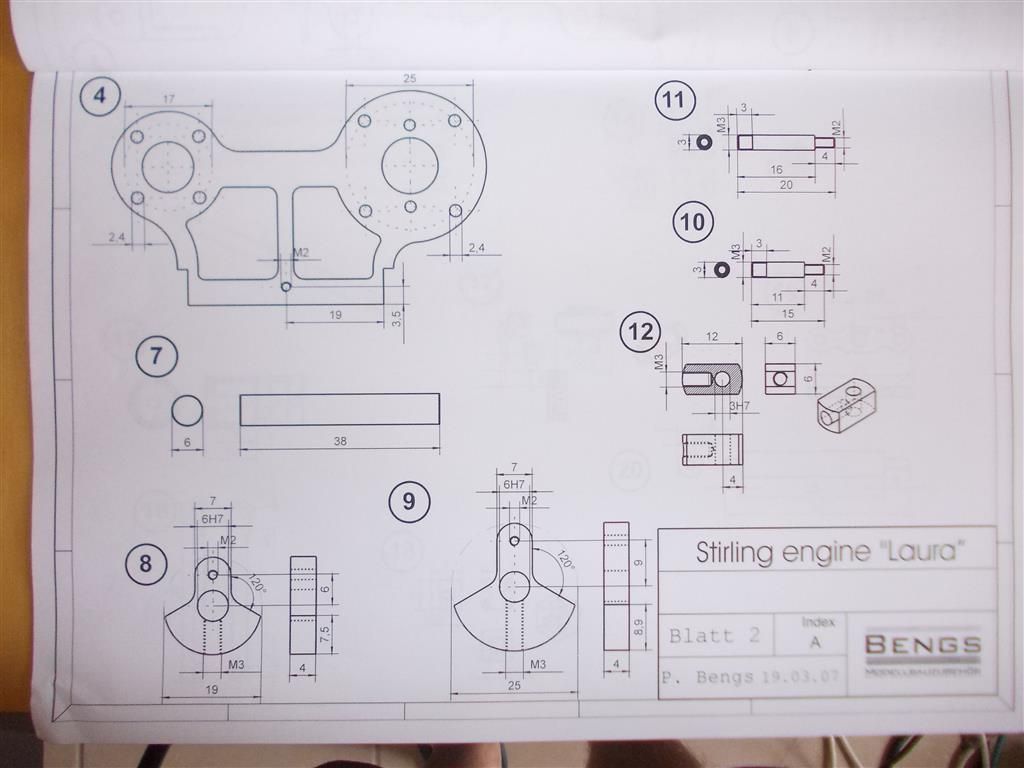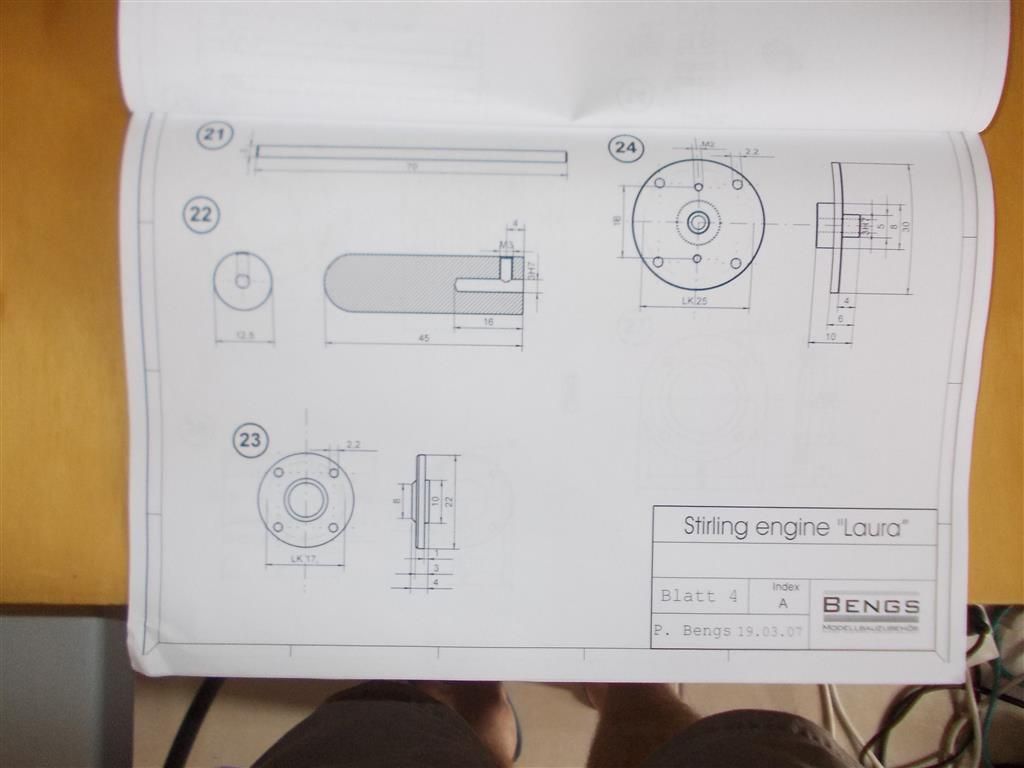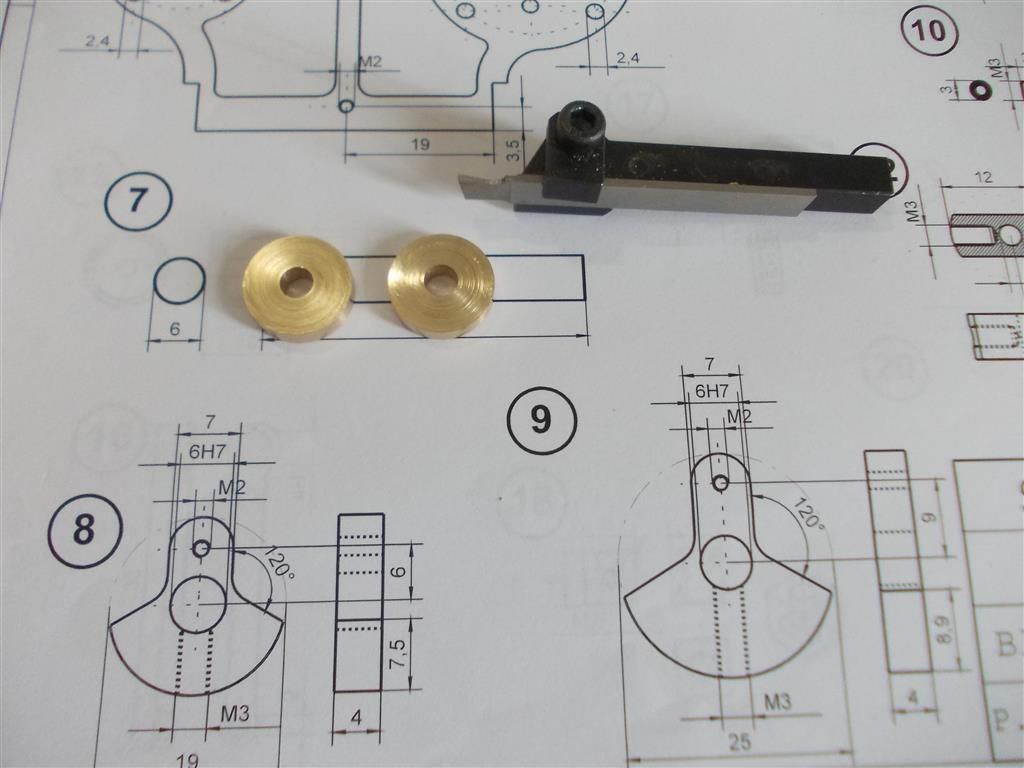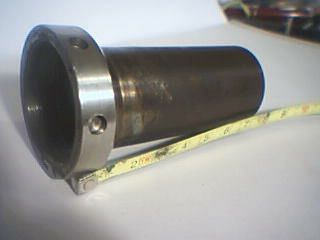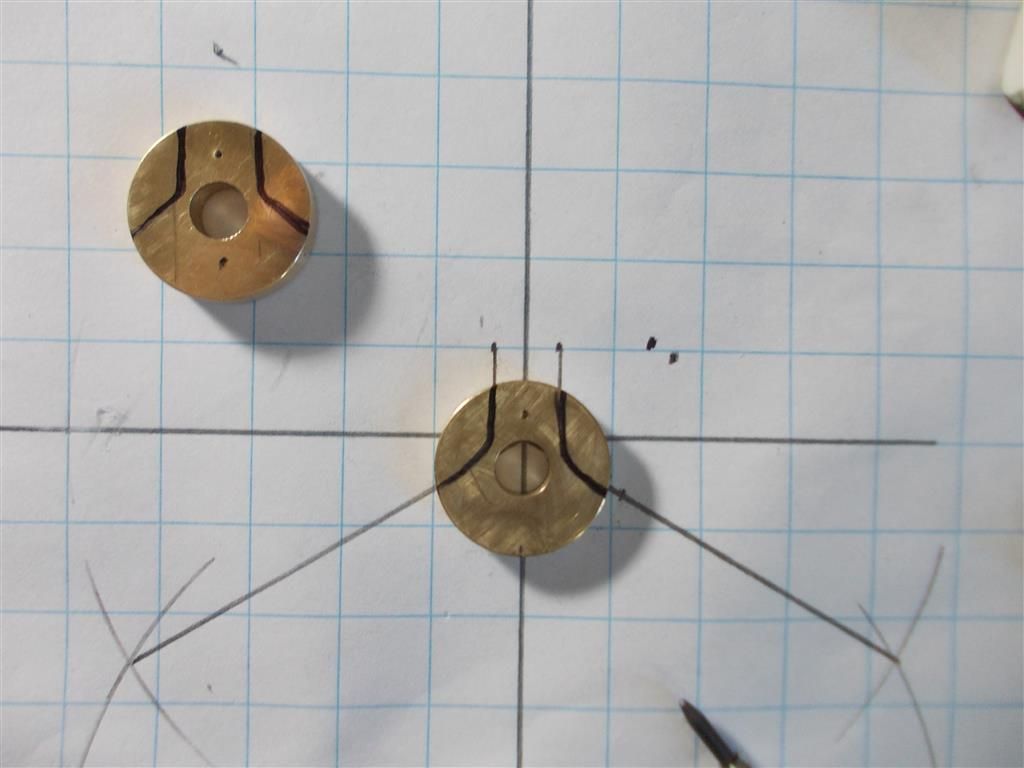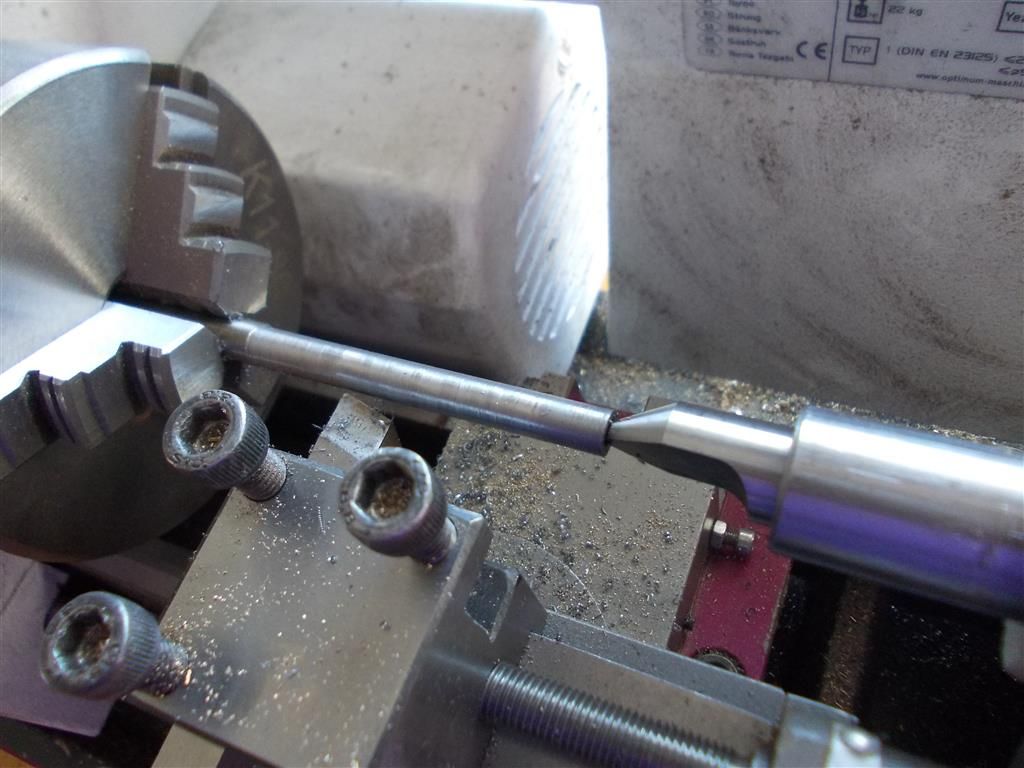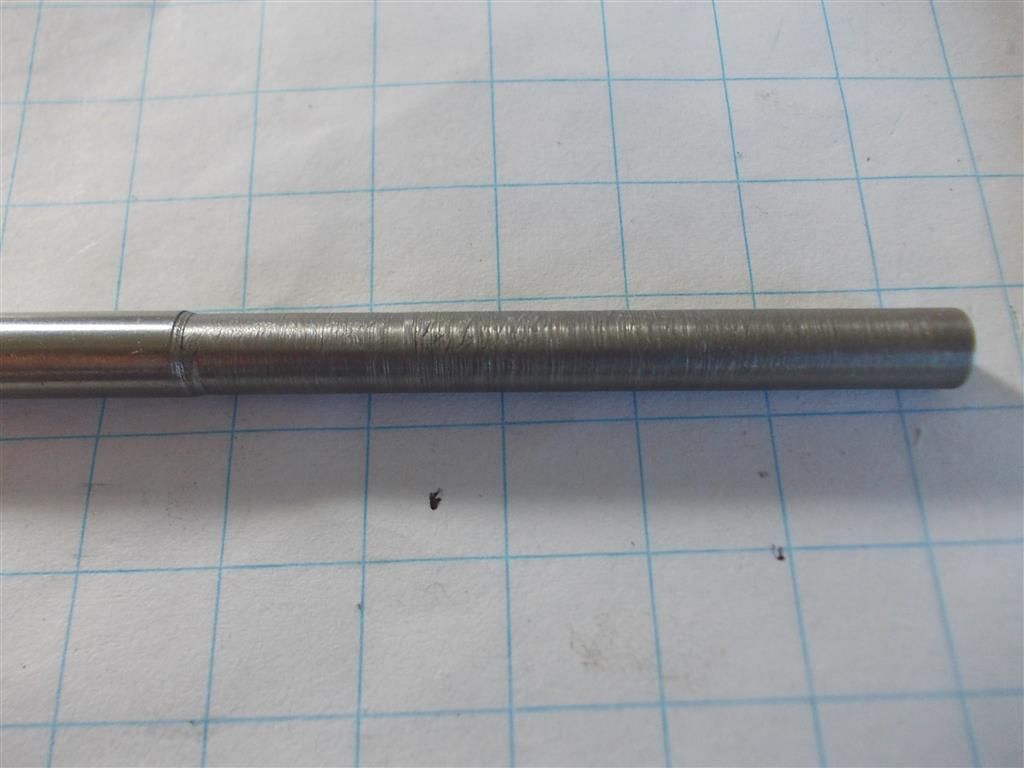Stirling Engine : Laura
Stirling Engine : Laura
- This topic has 763 replies, 36 voices, and was last updated 30 August 2016 at 10:55 by
Gordon Tarling.
- Please log in to reply to this topic. Registering is free and easy using the links on the menu at the top of this page.
Latest Replies
Viewing 25 topics - 1 through 25 (of 25 total)
-
- Topic
- Voices
- Last Post
Viewing 25 topics - 1 through 25 (of 25 total)
Latest Issue
Newsletter Sign-up
Latest Replies
- Wickseed power hacksaw 8” information
- Starrett and other tool manufacturer wood boxes
- M type top slide conversion??
- Bentley BR2 Rotary Aero Engine
- New member
- Starrett micrometer.
- Twin Engineering’s heavy mill/drill quill removal
- Dial test indicator vs Dial indicator
- Speed camera
- Sanjay’s Banjo Engine


